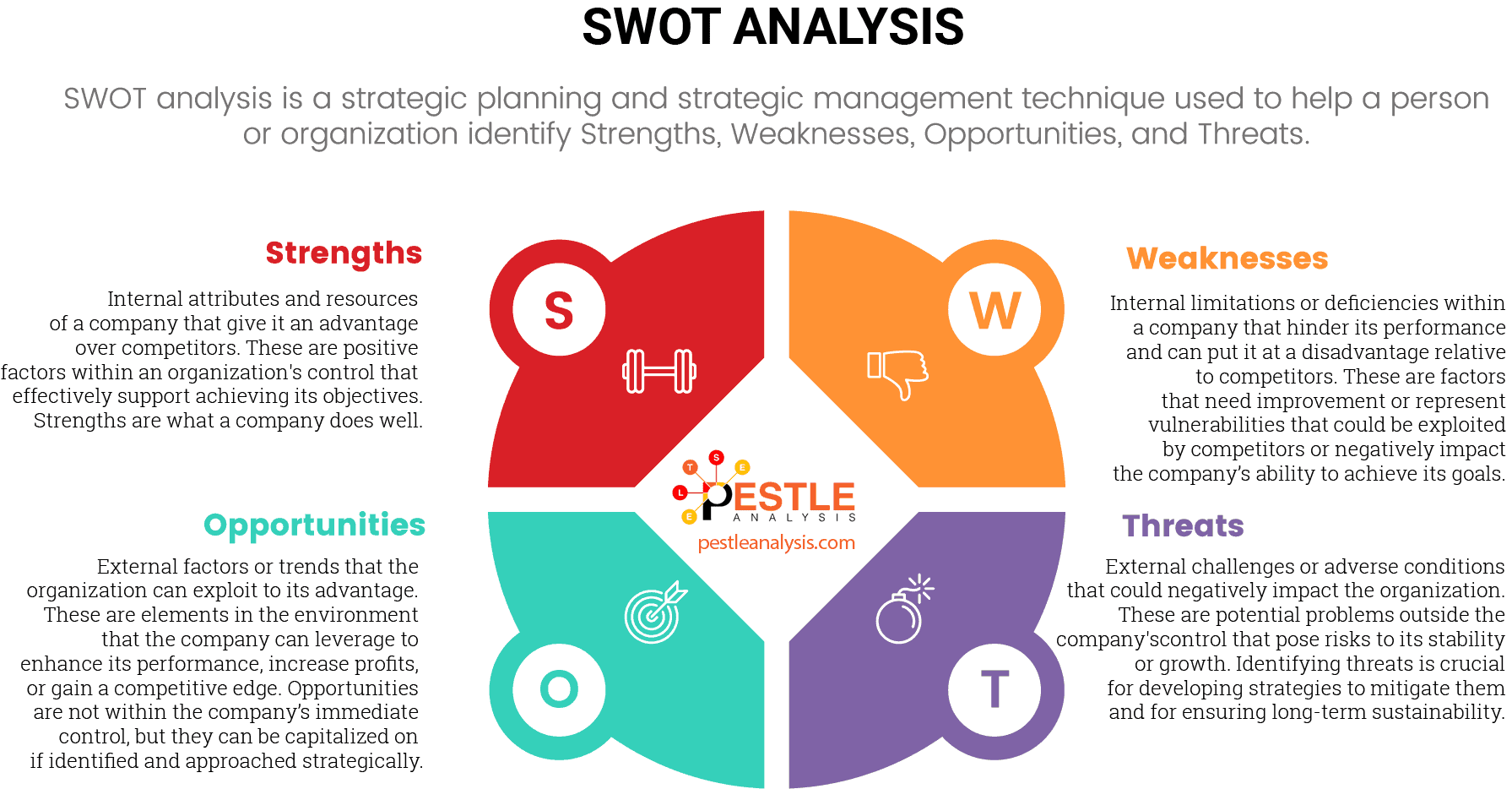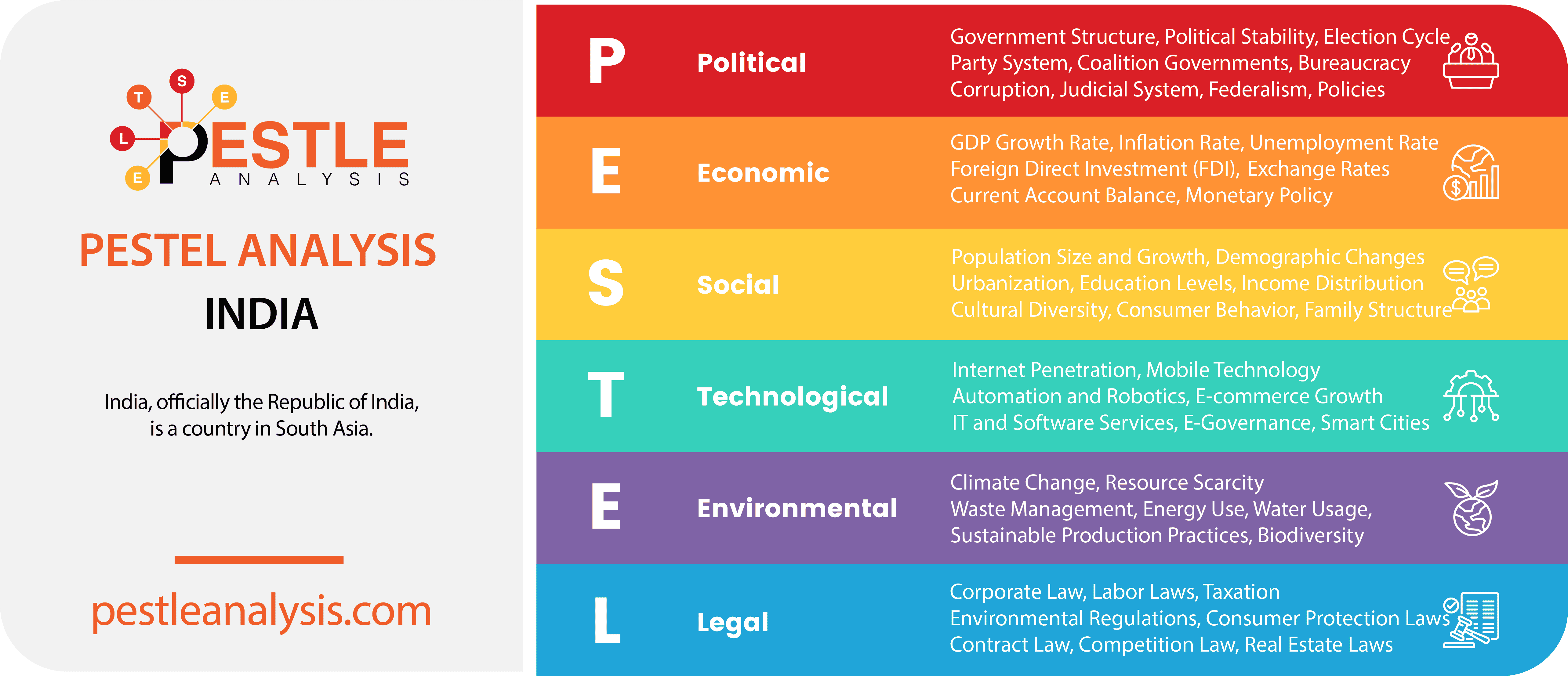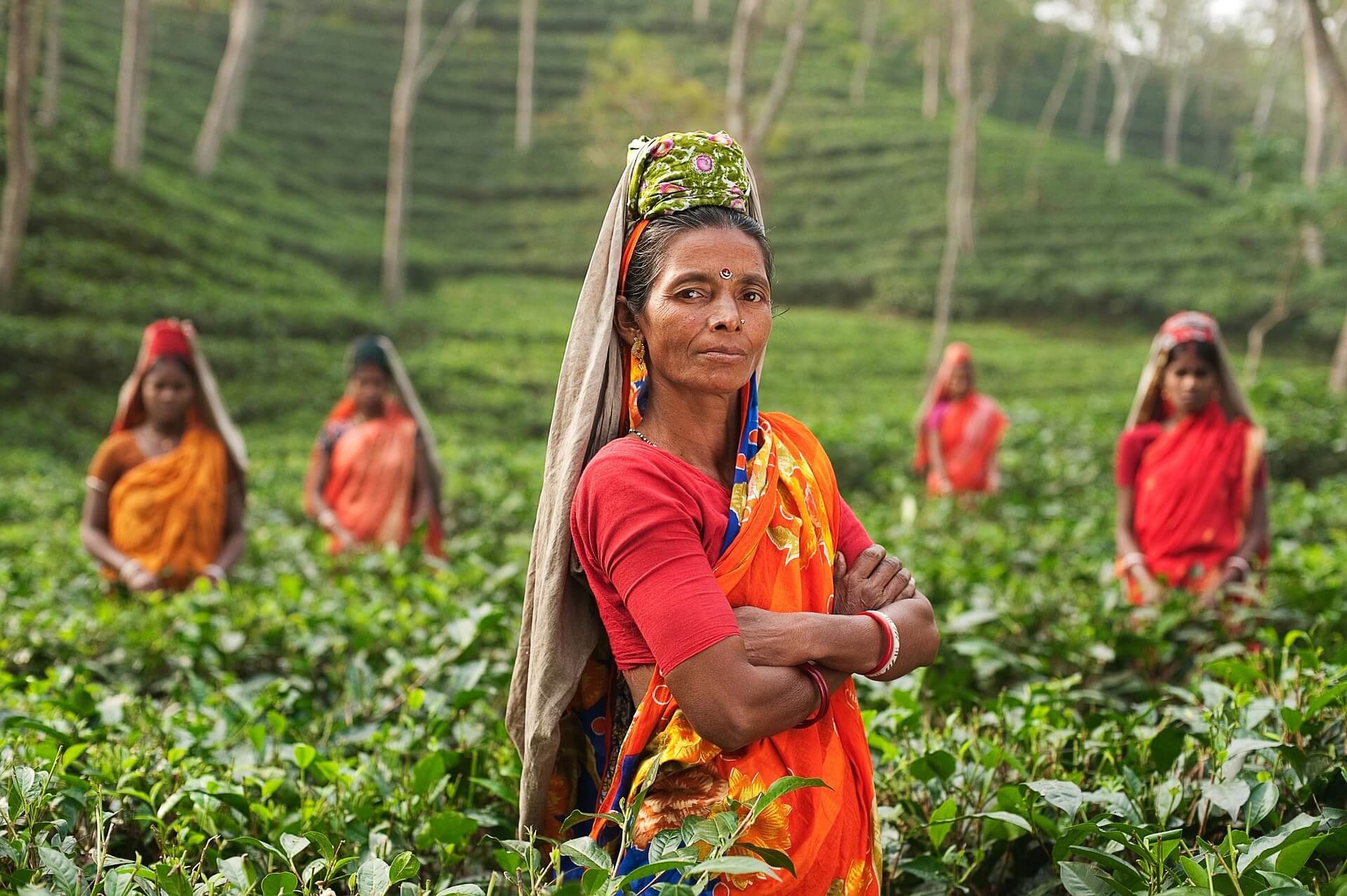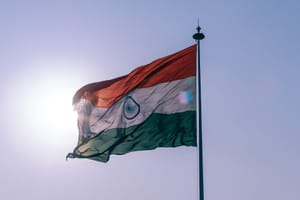In this SWOT analysis of India, you’ll learn about the many strengths, weaknesses, opportunities, and threats associated with this bustling country.
In this SWOT analysis of India, you’ll learn about the many strengths, weaknesses, opportunities, and threats associated with this bustling country. In particular, you’ll find out what’s holding the country back in terms of growth, what affliction is majorly affecting Indian youth, and what it means to be poor in this country.

India's Strengths
India’s youth is both educated and in the right position to learn a variety of skills that’ll translate to the workforce. These skills are necessary since millions of graduates leave their academic life in search of full-time, long-lasting work. Without the right abilities and experience, they may struggle to find something.
Luckily, the tech space is bolstering in India, providing more jobs to these graduates. Additionally, international companies are hiring Indians for tech support, having them clock in when the company’s local employees are asleep.
The other benefit for Western companies in hiring Indians, besides the low cost of labor, is that Indians blend well into Western culture in terms of temperament and attitude.
Any full-time work is appreciated in India because most families need to care for the aging members who can’t work any longer. Although the country has over 1.3 billion people within it, more than half of the population is aged 35 and below. Only a fraction is considered “elderly” but must still be taken care of.
India is fully self-sufficient in food production. The country has a strong industrial base and an abundance of grain and crops. Second to China, India is the largest food producer in the world. But the productivity in this industry is lacking and requires an upgrade in equipment, infrastructure, and seed supply.
India uses solar and renewable energy through solar-powered lanterns, water pumps, and cookers. In 2015, the country was labeled the first in solar electricity production. It sold more than 1.4 million cookers in that year alone. Because of its location, it’s the perfect location for new and pre-existing solar technologies.

India's Weaknesses
Despite the self-sufficiency in food, and the many graduates each year, the country remains poor. Until 2018, India was held the world’s largest number of poor people. Now it falls in second place, next to Nigeria.
Indians who are wealthy (in the top 1%) account for half of the total wealth in the country. This can seriously damper hope for those stricken by poverty who wish to rise up. Instead of trying to find ways to get out of poverty, many of the poor resort to stealing to make ends meet or to put something in their hungry bellies for at least one night.
Because it’s known for its poorness, the country doesn’t shine the brightest to people from other countries. India has a formidable population which means there are sure to be “bad apples”. And these apples are often attributed to phone scams and robo-callers. Since these scammers often have an accent people automatically believe they’re Indian.
India's Opportunities
Back in 2012, most Indians lived without the essentials. Education, water, healthcare, sanitation, and nutrition are considered essentials. Before the country realized economic liberalization, it was common for most of the population to go without basic living necessities. The liberalization, which happened more than 20 years ago, granted the country the ability to globalize.
To grand even more Indians these basic necessities, the government needs to focus on closing the gap between the poor and working class. This may include investing in growth, the agricultural sector, and creating new jobs for the country’s growing population.
By 2025, it’s estimated that India will have more than one million people living in 69 of their major cities. Some of these cities lack necessities like clean water, air, and utilities people can rely on. If these cities don’t get these essentials, the growing population will be left in a vulnerable position. Instead of progressing, the country will likely regress.
Other opportunities include investment in businesses. There’s plenty of room for investment since the cost of labor is so low. For this reason, international business may look into moving or starting new developments in India. In doing so, efficiency will likely increase for the country.
Finally, India is offered enhanced market liquidity and has the potential for economic growth through increased investor confidence. The inclusion of India's government bonds in JPMorgan's emerging market debt index in 2024 is a testament to this potential. This inclusion is expected to attract significant foreign investment, injecting approximately $20 billion into the bond market over the next ten months. Such substantial inflows will not only enhance liquidity in the bond market but also lower borrowing costs for both the government and private sector.
India's Threats

You would think that India having such a vast population of people aged 35 and younger would be a benefit. And it is — except for those afflicted with hypertension. More than 40% of Indian youth is fighting hypertension. This condition has increased drastically by 150 percent in less than a decade. In fact, hypertension is the cause of over 30% of Indian deaths each year.
The steadily growing population is another problem. At the moment, India is expected to beat China’s population by 2023. Unfortunately, there are too many people in India and not enough places with basic necessities: the majority of the current population lives in rural areas.
Some people are suggesting for the government to create a two-child policy (similar to China) to slow down the population growth. Then there’s the extreme poverty. For someone to be excluded out of poverty, they’d have to make Rs 125 per day (or $1.9 a day). Unfortunately, most do not.
Final Thoughts for India's SWOT analysis
India boasts an impressive population of youth who are itching to get out and work. Most of the youth are considered “poor” and live in extreme poverty. In fact, until recently, India hosted the largest number of poor people in their country. Despite a growing technology sector and international businesses looking to hire Indians for tech support, too many of the citizens live without basic necessities, like nutrition, education, and healthcare.
India is a country able to create its own food supply with crops. And yet, much of the agricultural industry suffers from lack of upgraded tools to foster growth. Much of the country uses solar powered tools for farming (and everyday life), India isn’t investing in renewable energy. The growing population demands better living standards but as of yet, little has been down to achieve this.
Learn how to write a SWOT analysis here.



